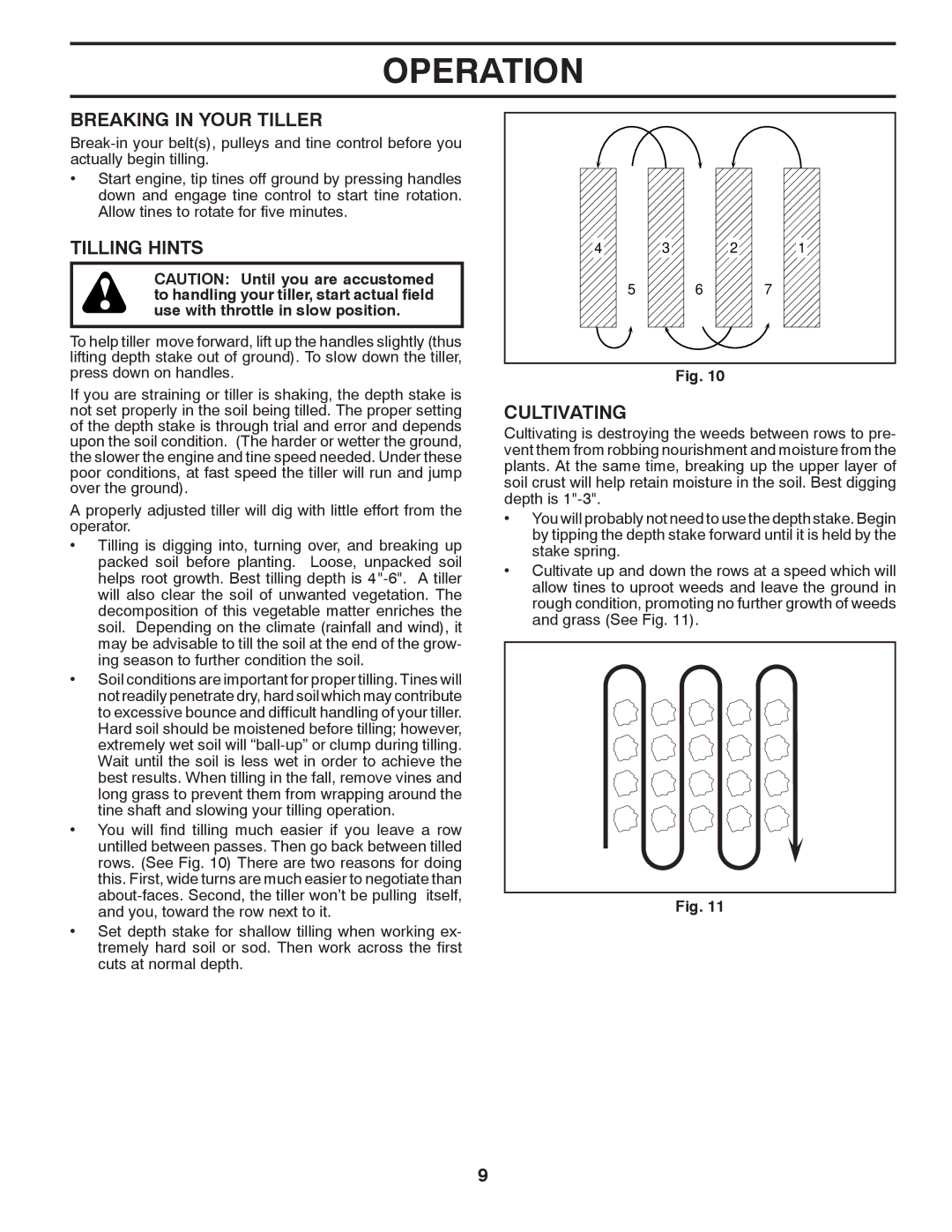96083000300, MC550, 433691 specifications
The McCulloch 433691, also known as the MC550, is a versatile and robust chainsaw designed for both homeowners and professionals seeking efficiency and reliability in their tools. Packed with advanced features and cutting-edge technologies, the MC550 stands out in a competitive market.One of the primary highlights of the McCulloch 433691 is its powerful engine. It is equipped with a robust 50cc two-stroke engine that delivers impressive cutting power. This engine ensures efficient fuel consumption while providing high torque, which allows for faster cuts through various types of wood. The chainsaw’s lightweight design, combined with this powerful engine, offers users great maneuverability, making it ideal for both trimming branches and felling larger trees.
The MC550 is built with an automatic oiling system, which guarantees that the chain remains lubricated during operation. This feature not only enhances the longevity of the chain and bar but also ensures smoother cutting action and less wear and tear on the tool. Additionally, the chainsaw's tool-free chain tensioning system provides convenience, allowing users to easily adjust the chain without the need for additional tools, thus saving time and effort.
Safety is a top priority in the design of the McCulloch 433691. The chainsaw incorporates several safety features, including a chain brake that instantly halts the chain in case of kickback. The anti-vibration system further enhances user comfort, significantly reducing fatigue during prolonged use. The ergonomic handle is designed to provide a secure grip, ensuring better control while operating the saw.
Another notable characteristic of the MC550 is its user-friendly design. The chainsaw comes with clear instructions, making it straightforward for beginners while still providing all the necessary functionality that experienced users might expect. The compact size and lightweight nature of the saw enable easy transport and storage.
In summary, the McCulloch 433691 (MC550) is a powerful and efficient chainsaw, featuring a robust engine, automatic oiling system, and essential safety mechanisms. Its blend of performance, convenience, and safety makes it an excellent choice for anyone looking to tackle outdoor cutting tasks with ease and confidence. Whether you are a homeowner needing to maintain your garden or a professional arborist, the MC550 is equipped to meet your chainsawing needs effectively.

